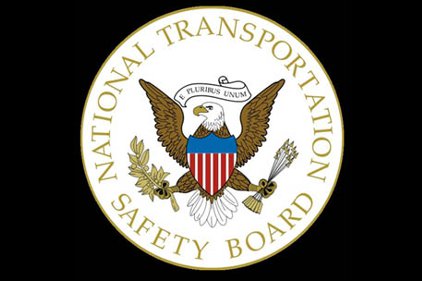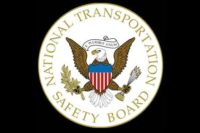NTSB on nose-down landing in NYC: No malfunctions found
Captain had 7,900 flight hours in 737s

 The National Transportation Safety Board’s (NTSB) ongoing investigation into the July 22nd Southwest Airlines accident at New York’s LaGuardia Airport has not yet identified a definite cause of the incident, but it has yielded considerable information about the crew, conditions and flight.
The National Transportation Safety Board’s (NTSB) ongoing investigation into the July 22nd Southwest Airlines accident at New York’s LaGuardia Airport has not yet identified a definite cause of the incident, but it has yielded considerable information about the crew, conditions and flight.
Ten of the 150 people on board were injured and the B-737-700 jetliner suffered considerable damage when it touched down on the runway nose first, then skidded more than 2,000 feet along the runway before stopping in a grassy area.
The accident temporarily closed the airport and forced the cancellation of hundreds of flights.
The NTSB has released the following details about the accident:
• The captain has been with Southwest for almost 13 years and has been a captain for six of those years. The captain has over 12,000 total flight hours, over 7,000 of which are as pilot-in-command. In 737s, the captain has over 7,900 hours, with more than 2,600 as the pilot-in-command.
• The first officer has been with Southwest for about 18 months. The pilot has about 5,200 total flight hours, with 4,000 of those as pilot-in-command. In 737s, the first officer has about 1,100 hours, none of which are as the pilot-in-command.
• This was the first trip the flight crew had flown together and it was the second leg of the trip. The first officer had previous operational experience at LGA, including six flights in 2013. The captain reported having flown into LGA twice, including the accident flight, serving as the pilot monitoring for both flights.
• The en route phase of the flight, which originated in Nashville, was characterized by the flight crew as routine. On approach into LGA, the first officer was the pilot flying and the captain was the pilot monitoring. SWA 345 was cleared for the ILS Runway 04 approach.
• The weather in the New York area caused the accident flight to enter a holding pattern for about 15 minutes. The crew reported that they saw the airport from about 5-10 miles out and that the airplane was on speed, course and glideslope down to about 200-400 feet.
• The crew reported that below 1,000 feet, the tailwind was about 11 knots. They also reported that the wind on the runway was a headwind of about 11 knots.
• SWA 345 proceeded on the approach when at a point below 400 feet, there was an exchange of control of the airplane and the captain became the flying pilot and made the landing.
• The jetliner touched down on the runway nose first followed by the collapse of the nose gear; the airplane was substantially damaged.
At this point in the investigation, the NTSB says no mechanical anomalies or malfunctions have been found. A preliminary examination of the nose gear indicated that it failed due to stress overload.
Investigators have collected five videos showing various aspects of the crash landing. The team will be analyzing these recordings in the coming months.
Looking for a reprint of this article?
From high-res PDFs to custom plaques, order your copy today!






